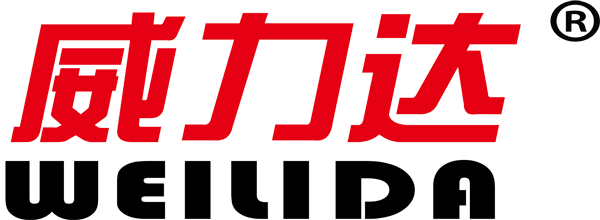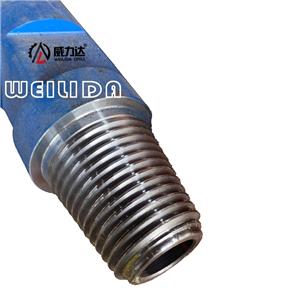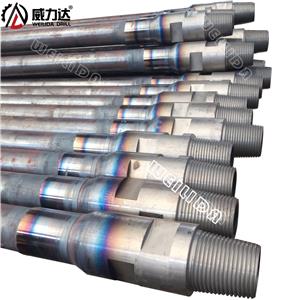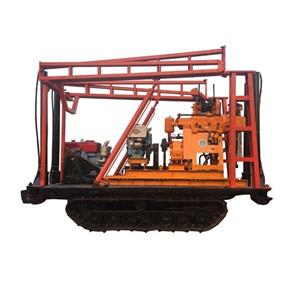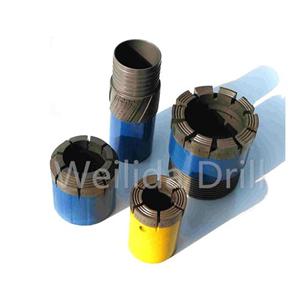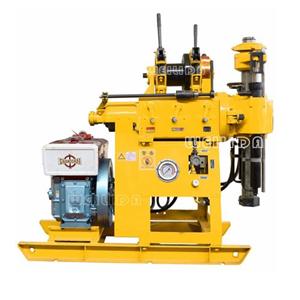- Home
- >
- News
- >
- Trade News
- >
- Buy Alloy Explore Aiguille Brands, Supply Metal Probe Aiguille Quotes, OEM Pdc Plumb Broach Factory
Buy Alloy Explore Aiguille Brands, Supply Metal Probe Aiguille Quotes, OEM Pdc Plumb Broach Factory
Buy Alloy Explore Aiguille Brands, Supply Metal Probe Aiguille Quotes, OEM Pdc Plumb Broach Factory
Stick/slip Tool Delivers Enhanced Performance

The vast majority of well intervals are drilled through interbedded formations, where rapid changes in lithology create drilling challenges for conventional polycrystalline diamond compact (PDC) drillbit designs. These bits typically feature a single fixed depth-of-cut (DOC) control setting that is optimized for a single rock type and cannot be changed once the bottomhole assembly (BHA) is in the hole.
A fixed-DOC bit will drill smoothly in some areas but perform erratically and inefficiently in others because of torsional vibrations that arise as the bit transitions between different rock types. These vibrations lead to the well-known phenomenon of stick/slip in which the bit’s bite becomes too aggressive, causing it to “stick” and stop rotating. Meanwhile, the drillpipe behind it continues to wind up like a spring until the bit releases, or “slips,” and starts spinning uncontrollably.
Stick/slip events dramatically increase drilling costs by reducing the ROP and can seriously damage the bit and other mechanical and electrical BHA components. Operators often have to make extra trips to replace the bit or BHA, which adds significant rig time to drilling operations. Or they may choose to continue to drill with diminished performance and risk falling short of their target depth.
A smarter bit
Stick/slip problems arise in these wells because the fixed-DOC bits cannot sense or adapt to changing conditions downhole. In response, Baker Hughes has developed its TerrAdapt adaptive drillbit, the industry’s first “smart” bit to proactively mitigate stick/slip using adaptive DOC control technology.
The adjustable bit automatically regulates its DOC based on changing lithology—with no interaction or control required from the surface. When torsional vibrations are first detected, adaptive DOC elements extend to maintain a stable drilling profile. These elements, which are contained in cartridges installed among the PDC blades, can fully retract in tens of seconds and quickly extend in milliseconds to prevent sudden changes in DOC that might lead to stick/slip. As vibrations subside, the elements retract back into the cartridge, thus optimizing ROP for the bit.
The adaptive bit provides better control of stick/ slip events than conventional PDC bits could possibly achieve. Traditional control methods include designing the PDC bit with a precise DOC for the entire run based on the rock composition and hardness expected while drilling the well. This is a guessing game in many instances, particularly since the formation can change in unexpected ways along the wellbore. Setting the DOC limit too high risks dramatically lowering the ROP and extending rig time. Conversely, too low a limit may do nothing to prevent stick/slip in certain areas of the well.

